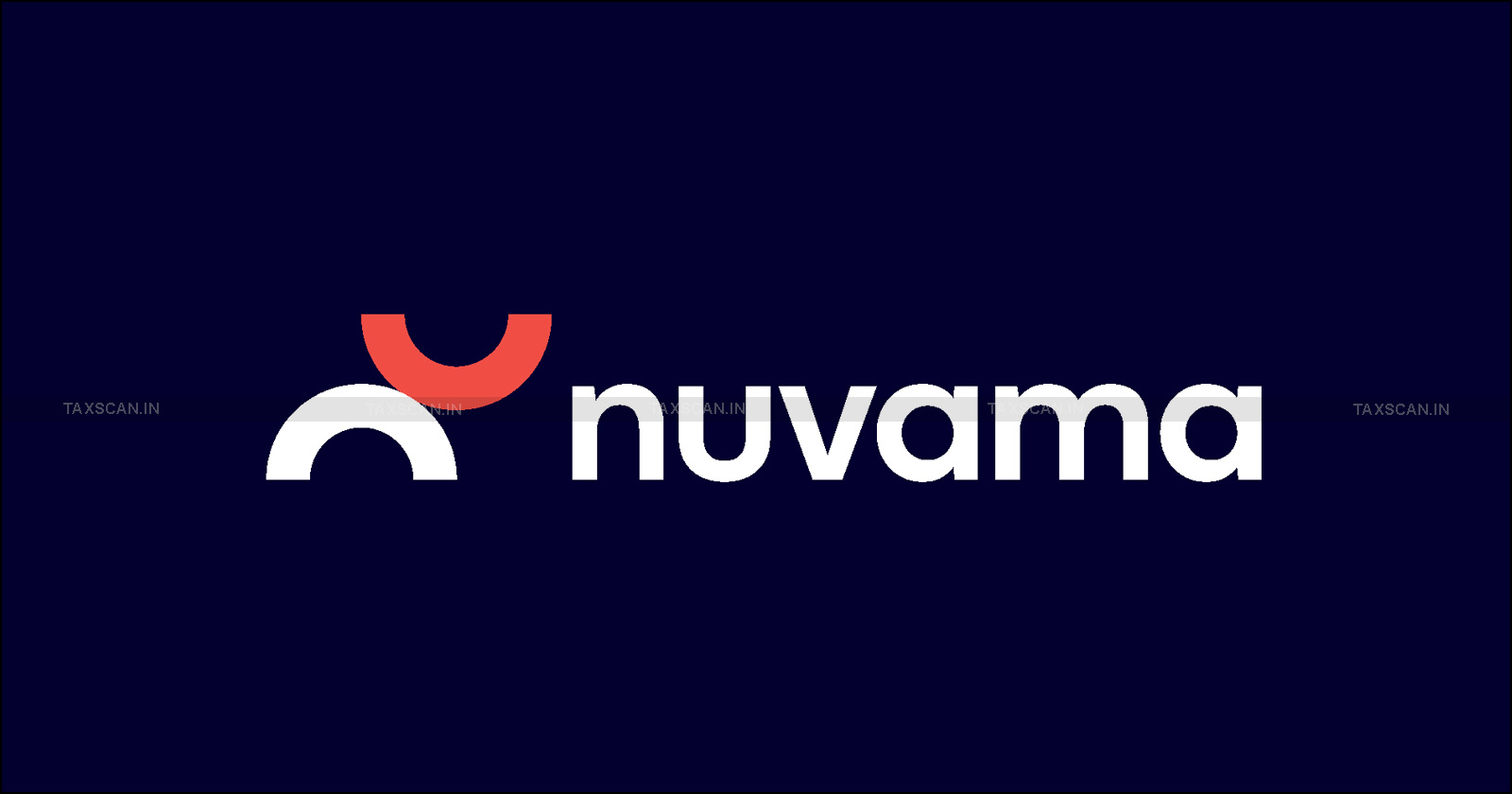Lower Margin on High-Value Items Traded Out of Books: ITAT Reduces 10% to 6% GP Rate on Unaccounted Sales [Read Order]
The Tribunal held that a 6% Gross Profit (GP) rate was a fairer and more appropriate estimate on high-value unaccounted sales of semi-precious gems, overturning the Assessing Officer's (AO) estimation of 10%.

Gross - profit - rate - taxscan
Gross - profit - rate - taxscan
The Jaipur Bench of the Income Tax Appellate Tribunal (ITAT) allowed partial relief by substantially reducing the estimated Gross Profit (GP) rate applied to sales transactions kept outside the official books of account.
Sunil Kumar Agarwal (assessee), an individual engaged in the business of precious and semi-precious stones, faced additions made by the AO on various assessment years (A.Y. 2016-17 to 2020-21) following a search operation on the Narnoli Group to which he belonged.
The core dispute related to several instances of unaccounted high-value sales, admitted by the assessee during proceedings though often offered at a lower profit rate. For the Assessment Year 2020-21, the assessee had admitted unaccounted sales totaling ₹82,89,580 in his revised return, offering a Gross Profit of 5%.
 Also Read:ESOP Cost Rightly Allowed as Business Expenditure: ITAT Sets Aside PCIT Order against Nuvama Wealth after Finding Proper AO Inquiry [Read Order]
Also Read:ESOP Cost Rightly Allowed as Business Expenditure: ITAT Sets Aside PCIT Order against Nuvama Wealth after Finding Proper AO Inquiry [Read Order]
Understanding Common Mode of Tax Evasion with Practical Scenarios, Click Here
The Assessing Officer (AO) rejected the assessee’s declared 5% rate and instead applied a flat 10% GP rate on the total unaccounted sales.
The AO reasoned that these transactions, being entirely off-book, evaded Sales Tax/GST and compliance costs, thus justifying a higher profit margin (10%) compared to the average profit rate (approximately 7.26%) recorded in the assessee's related concerns on legitimate, taxed sales.
Aggrieved by the AO’s order, the assessee filed an appeal before the commissioner of Income Tax (appeals) [CIT(A)]. The CIT(A) upheld the addition. Aggrieved by the CIT(A)’s decision, the assessee filed an appeal before the ITAT.
The Counsel for the assessee argued that applying a 10% profit rate was arbitrary. The counsel contended that profit margins on high-value items traded in the unorganized market are typically compromised due to the lack of taxation benefit being passed on to the cash buyers, leading to lower net realization.
The two-member bench comprising Dr. S. Seethalakshmi (Judicial Member) and Rathod Kamlesh Jayantbhai (Accountant Member) considered that the transactions involved high-value semi-precious gems, where margins on items traded outside the books are generally lower due to the nature of the cash market.
Acknowledging that some estimation was necessary since the actual records were unavailable, the Tribunal examined the profit margins of the assessee's legitimately recorded concerns Narnoli Emeralds recorded a 5.66% GP, and K. Sunil Narnoli recorded a 5.62% GP for the relevant period.
Comprehensive Guide of Law and Procedure for Filing of Income Tax Appeals, Click Here
The Tribunal observed that while the unrecorded sales definitely yielded some extra benefit due to tax evasion, an arbitrary jump from the accounted average of approximately 5.6% up to 10% was excessive.
The bench held that determining the right estimate should reflect the balance of these factors. The tribunal found that estimating the profit at 6% on the unaccounted sales would meet the ends of justice, striking a balance between the AO’s insistence on a higher rate and the facts of the assessee’s disclosed business.
 Also Read:Capital Market Transactions through Banking Channels Accepted as Genuine: ITAT Deletes Additions on Share Transactions under Income Tax Act
Also Read:Capital Market Transactions through Banking Channels Accepted as Genuine: ITAT Deletes Additions on Share Transactions under Income Tax Act
The tribunal directed the AO to apply the 6% rate instead of the imposed 10% on the unaccounted sales. In this result, the appeal of the assessee was allowed.
Support our journalism by subscribing to Taxscanpremium. Follow us on Telegram for quick updates


